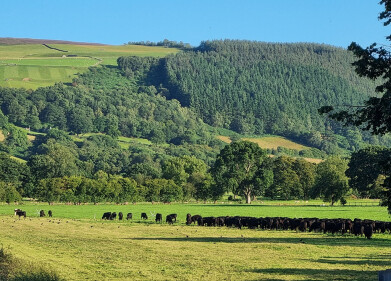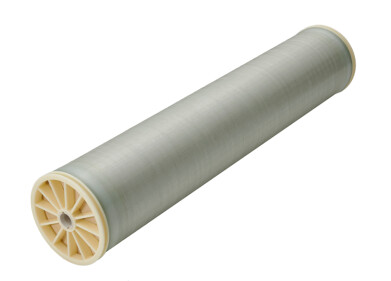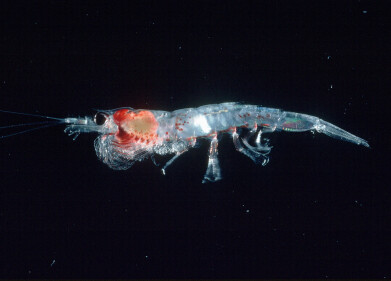Water/Wastewater
Permafrost is Environmental and Economic Ticking Time Bomb
Oct 10 2015
Authors of a study from the University of Cambridge in the United Kingdom have predicted that the thawing of sheets of permafrost in the Arctic tundra could wreak havoc on the Earth and its population.
In environmental terms, the tundra contains roughly double the entire amount of carbon that has been emitted by humanity since the Industrial Revolution. In monetary terms, the expense involved in loss of agricultural produce, increased migration and decimated infrastructures would total as much as £237 trillion to the world economy by 2200. That staggering figure is a full £27 trillion higher than the one previously calculated which discounted the possibility of melting permafrost.
Mounting Problems
The latest discovery just adds to the mounting worries surrounding global warming and the rising of the sea levels. Back in 2013, Cambridge University was once again responsible (in tandem with Erasmus University in Holland) for uncovering alarming data about the amount of methane latent in the Arctic permafrost, predicting that its release could trigger an economic catastrophe worth up to £39 trillion.
Whereas that study projected figures of 50 gigatonnes of methane stored in the tundra, the latest study published in the journal Nature Climate Change predicts that there is in excess of 1,700 gigatonnes of carbon trapped there, too.
Obviously, the release of both gases due to the raising of global temperatures by more than 2°C would have catastrophic consequences, both for our way of life and for the global economy. Worryingly, it’s also thought that the carbon in the permafrost could be responsible for a vicious cycle. If only a small amount of the carbon is released, it will continue to raise the planet’s temperature – thus releasing more carbon, and raising the temperature further, until the entire carbon supply has been exhausted.
Contingency Plans
In order to avoid such a scenario coming to pass, it’s vital we take immediate, affirmative action to prevent temperatures crossing that all-important 2°C threshold. According to Dr Chris Hope, one of the co-authors of the study, it should be possible to use technology to theorise how best to prevent disaster.
“We want to use these models to help us make better decisions – linking scientific and economic models together is a way to help us do that,” he explained. “We need to estimate how much it will cost if we do nothing, how much it will cost if we do something, and how much we need to spend to cut back greenhouse gases.”
One particular solution, first touted back in 2010, would be to cut down on greenhouse gas (GHG) emissions by improving the way we dispose of our waste. Instead of throwing all of our refuse into landfill sites (a major contributor to methane emissions), we should look at alternative ways of recycling materials and turning them into something useful.
One thing is for sure – we need to address the problem now or face a massive dilemma in the future, both financial and environmental.
Events
Carrefour des Gestions Locales de L'eau
Jan 22 2025 Rennes, France
Jan 29 2025 Tokyo, Japan
Feb 05 2025 Nantes, France
Feb 16 2025 Kampala, Uganda
Feb 26 2025 Chennai, India




-as-feedstock.jpg)





